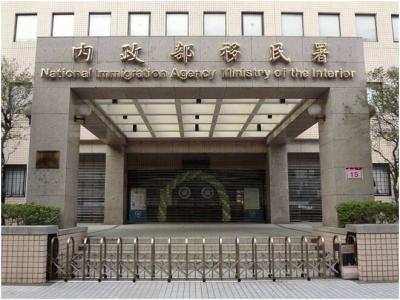No progress has been made by Taiwan in seeking cooperation from US firms to jointly build submarines, but there are other options for partners to build the vessels, CSBC Corp, Taiwan, the local shipbuilder commissioned to plan and design the submarines said on Monday.
It had been reported that Raytheon Co, a major US defense contractor and industrial corporation that focuses on manufacturing military and commercial electronics and weapons, would partner with CSBC to build the submarines.
However, CSBC said there has been no progress toward any partnership between it and a US firm, declining to divulge which it plans to partner with.
The shipbuilder said that after it won a design contract for the first of a new class of domestic diesel-electric submarines last year, it began to devise plans to fulfill the project, including starting talks with US companies over possible cooperation.
However, the planned team-up with a US company was shelved in December last year before then-US president Barack Obama stepped down in January.
The US government said at the time that all arms sale deals and technical cooperation projects would be left to Obama’s successor to decide, CSBC said.
After US President Donald Trump took office in January, he put the projects on hold and no progress has yet been made, it said.
CSBC has many alternatives to partnering with a US firm and plans to push ahead with its indigenous shipbuilding project, the company said.

A small number of Taiwanese this year lost their citizenship rights after traveling in China and obtaining a one-time Chinese passport to cross the border into Russia, a source said today. The people signed up through Chinese travel agencies for tours of neighboring Russia with companies claiming they could obtain Russian visas and fast-track border clearance, the source said on condition of anonymity. The travelers were actually issued one-time-use Chinese passports, they said. Taiwanese are prohibited from holding a Chinese passport or household registration. If found to have a Chinese ID, they may lose their resident status under Article 9-1

Taiwanese were praised for their composure after a video filmed by Taiwanese tourists capturing the moment a magnitude 7.5 earthquake struck Japan’s Aomori Prefecture went viral on social media. The video shows a hotel room shaking violently amid Monday’s quake, with objects falling to the ground. Two Taiwanese began filming with their mobile phones, while two others held the sides of a TV to prevent it from falling. When the shaking stopped, the pair calmly took down the TV and laid it flat on a tatami mat, the video shows. The video also captured the group talking about the safety of their companions bathing

PROBLEMATIC APP: Citing more than 1,000 fraud cases, the government is taking the app down for a year, but opposition voices are calling it censorship Chinese Nationalist Party (KMT) Chairwoman Cheng Li-wun (鄭麗文) yesterday decried a government plan to suspend access to Chinese social media platform Xiaohongshu (小紅書) for one year as censorship, while the Presidential Office backed the plan. The Ministry of the Interior on Thursday cited security risks and accusations that the Instagram-like app, known as Rednote in English, had figured in more than 1,700 fraud cases since last year. The company, which has about 3 million users in Taiwan, has not yet responded to requests for comment. “Many people online are already asking ‘How to climb over the firewall to access Xiaohongshu,’” Cheng posted on

A classified Pentagon-produced, multiyear assessment — the Overmatch brief — highlighted unreported Chinese capabilities to destroy US military assets and identified US supply chain choke points, painting a disturbing picture of waning US military might, a New York Times editorial published on Monday said. US Secretary of Defense Pete Hegseth’s comments in November last year that “we lose every time” in Pentagon-conducted war games pitting the US against China further highlighted the uncertainty about the US’ capability to intervene in the event of a Chinese invasion of Taiwan. “It shows the Pentagon’s overreliance on expensive, vulnerable weapons as adversaries field cheap, technologically